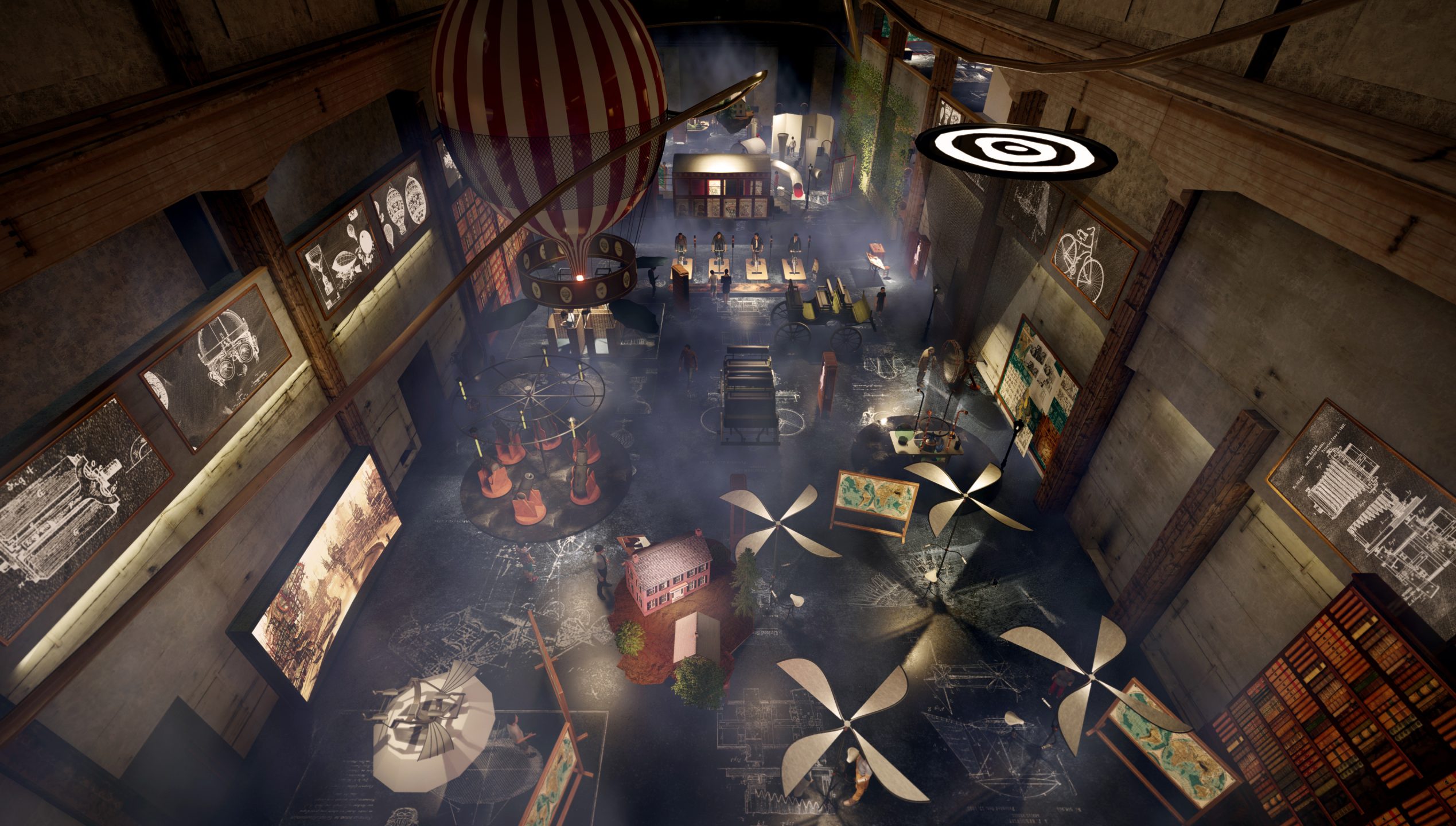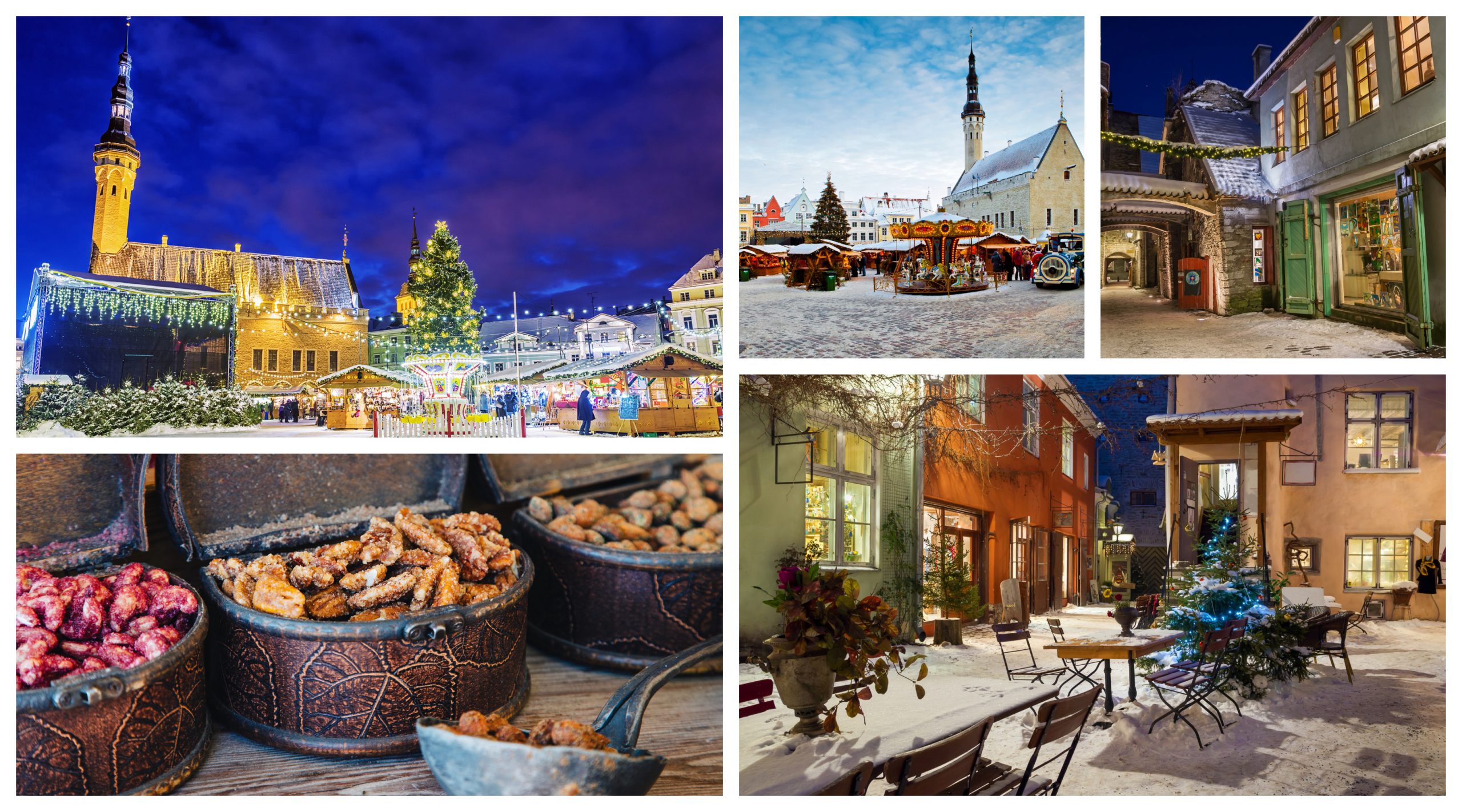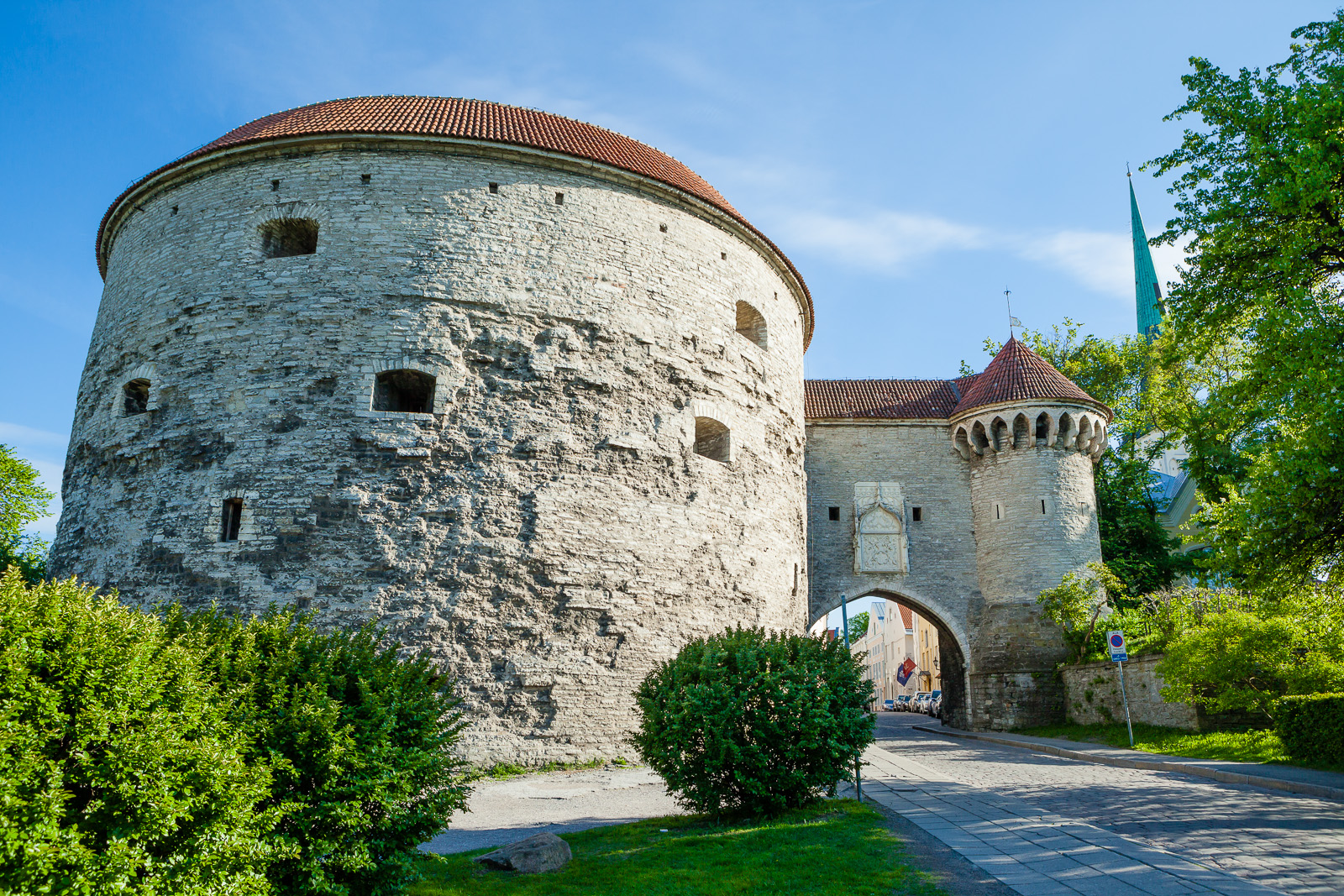A perfect way to wrap up a day spent a memorable day in Tallinn, our staff tops picks
-
Tallinn Zoo – a perfect family activity or a walk at any age!
Tallinn Zoo is situated in the beautiful and naturally diverse Veskimetsa park forest. Discover the zoo with the most fascinating collection of animals in Northern Europe!
The zoo is located only 15 minutes from the Tallinn city center.

African giants (elephants and rhinos), majestic predators, playful primates and a large number of other exotic and endangered species are represented. The zoo also includes an impressive polar bear world and a children’s petting zoo. The zoo even boasts the best collection of mountain goats and sheep in the world! Here you will find a remarkable number of eagles, vultures and an impressive variety of owls and cranes.
The zoo is home to more than 11,000 animals representing almost 600 species and sub-species from Australia to Alaska.
- St. Olav’s Church and Tower- best views of Tallinn!
Make the vigorous climb to the top of Tallinn’s iconic, Gothic church, once the tallest building in the world.
Once upon a time, from 1549 to 1625 to be precise, this Gothic church was the tallest building in the World. But it’s gigantic, 159-metre spire, meant as a signpost for approaching ships, also turned out to be a very effective lightning rod. Throughout the church’s history lightning hit the spire repeatedly, completely burning down the structure three times.
Get an insiders view of Tallinn Old Town, culture and history on a private tour in Old Tallinn on 2h Tallinn Private Old Town Walking Tour and learn the legends of Saint Olaf’s church. Once upon a time, from 1549 to 1625 to be precise, this Gothic church was the tallest building in the World. But it’s gigantic, 159-metre spire, meant as a signpost for approaching ships, also turned out to be a very effective lightning rod. Throughout the church’s history lightning hit the spire repeatedly, completely burning down the structure three times.
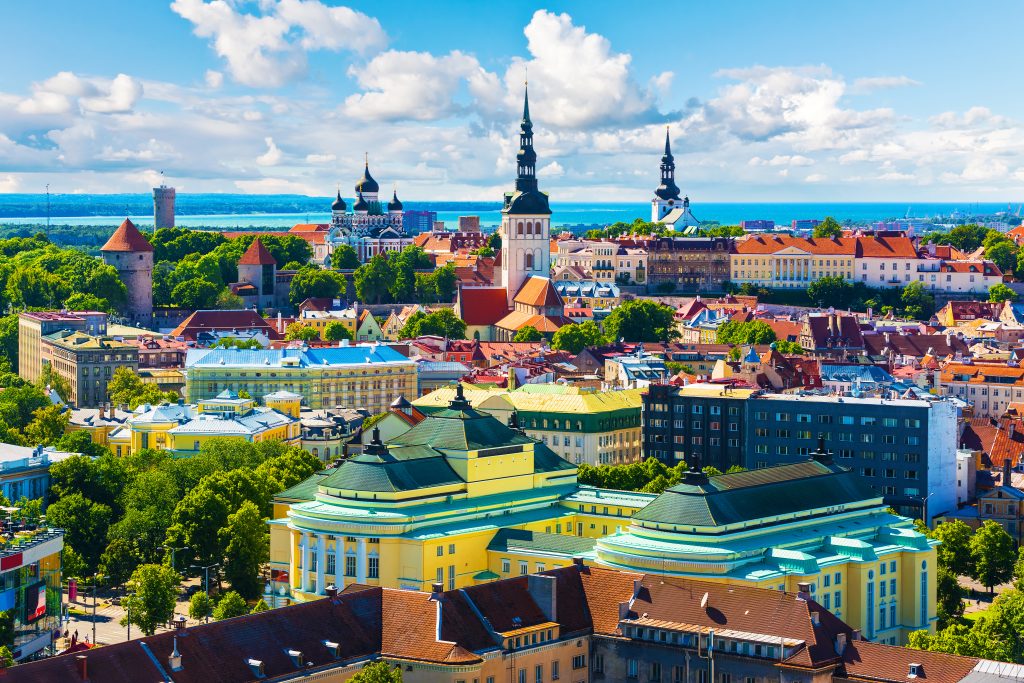
Nowadays its smaller, 124-meter spire still dwarfs most of Tallinn’s buildings and remains an important symbol of the town. From April to October, visitors can make the vigorous climb to the top of the stone portion of the tower for magnificent and dizzying views of Old Town, Toompea hill and the port area.
The church itself dates back to at least 1267 when it is thought to have served a group of Scandinavian merchants who settled in the area. Various legends insist the church got its name from either the giant or the mysterious stranger who built it, however it was in fact dedicated to King Olaf II of Norway.
Its current shape and size were set in the 16th century. Inside are high, vaulted naves and a historicist interior design that dates to the time it was rebuilt after a fire in 1830.
- Old Town Ice Rink- there is nothing more beautiful and classic, then taking a twirl or a tumble while enjoying some good old ice skating in the enchanting medieval old town. Especially when the days are short and the many festive lights add a romantic touch!

- Kumu Art Museum- the most versatile and resourseful art museum in Estonia! By far the nation’s largest and most cutting-edge art museum, Kumu displays Estonian-created works from the 18th-21st centuries. A must-see for culture creatures, Kumu, the main building of Art Museum of Estonia, serves both as Estonia’s national gallery and as a centre for contemporary art.
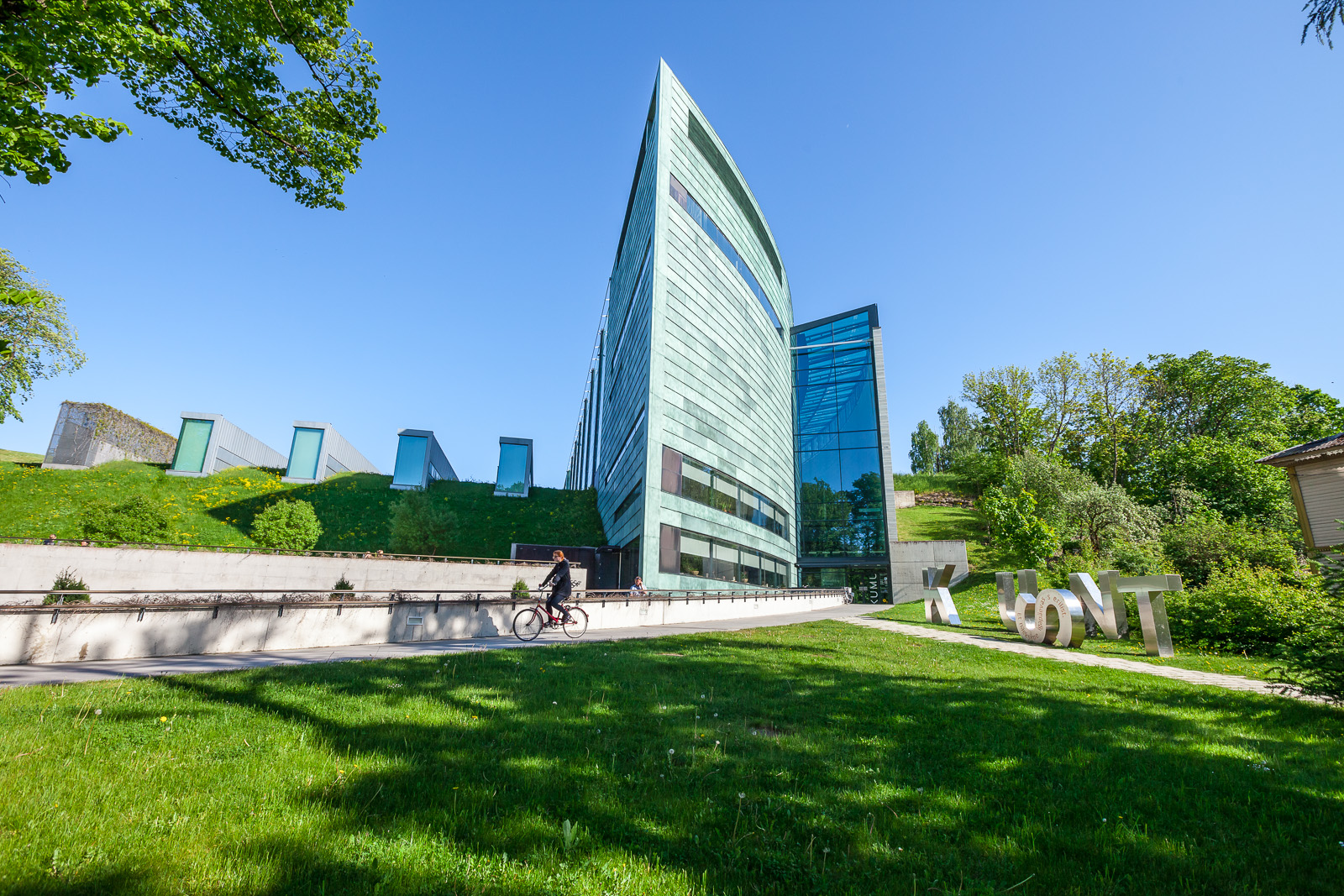 The complex itself is a work of art – it was opened in 2006 after nearly a decade of planning and construction, and is considered a modern architectural masterpiece. Curves and sharp edges mark out the copper and limestone structure, which is built into the side of a limestone cliff. Kumu’s exhibition aims to appeal to diverse audiences. Exhibitions display both classical and contemporary art and everything in between. The program features art from the 18th century until today, Estonian art until the Second World War, art of the Soviet era and temporary exhibitions of contemporary art.
The complex itself is a work of art – it was opened in 2006 after nearly a decade of planning and construction, and is considered a modern architectural masterpiece. Curves and sharp edges mark out the copper and limestone structure, which is built into the side of a limestone cliff. Kumu’s exhibition aims to appeal to diverse audiences. Exhibitions display both classical and contemporary art and everything in between. The program features art from the 18th century until today, Estonian art until the Second World War, art of the Soviet era and temporary exhibitions of contemporary art.
In 2008, the European Museum Forum, which operates under the auspices of the Council of Europe, awarded Kumu the title of ‘European Museum of the Year’. - Kadriorg Park & Pirita Seaside – beautiful nature, fantastic views over Tallinn bay and the best location for a seaside stroll! Tours to Kadriorg & Pirita seaside are available here: Tallinn Tours
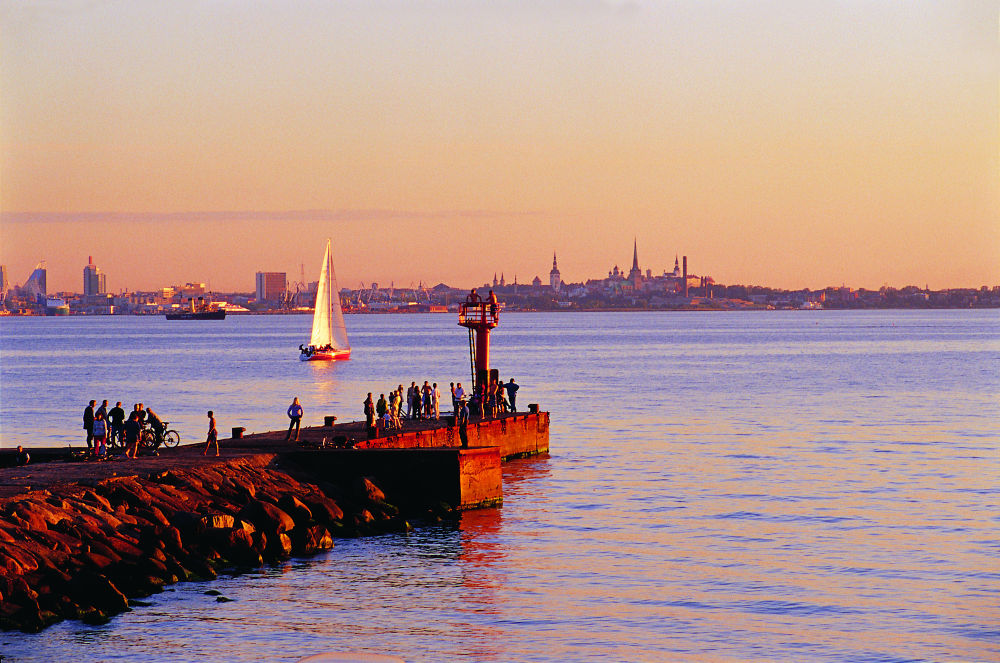 With its popular beach, adventure park and yacht harbor, Pirita is Tallinn’s destination for summer fun and breathtakingly beautiful nature. The district is located only a few kilometers from the city center and is easily accessible by public transport, bike or car. In the early 20th century, this seaside area began to develop into a destination for Sunday rides and bathing, and the sandy beach is still a huge draw whenever the weather turns warm. A short walk along Pirita promenade will bring you to the Estonian History Museum at Maarjamäe Palace: their permanent exhibition takes you on a journey from the birth of the Republic of Estonia to the modern-day. Also located in Maarjamäe, is the Estonian Film Museum, an intriguing outdoor exhibition of Soviet monuments, and a relaxation area for kids and adults alike. Next to the museum complex, you will find the thought-provoking and beautiful Memorial to the Victims of Communism and its neighbor, an architectural ensemble from the 1970s dedicated to the defenders of the Soviet Union.A quieter way to enjoy Pirita is to head across the road to the Pirita River delta and rent a rowboat, canoe, or a water bicycle. This is also the location of Pirita’s own little piece of medieval architecture: the ruins of the 15th-century St. Bridget’s Convent. The convent is still active today, although it is housed in a modern building next door.
With its popular beach, adventure park and yacht harbor, Pirita is Tallinn’s destination for summer fun and breathtakingly beautiful nature. The district is located only a few kilometers from the city center and is easily accessible by public transport, bike or car. In the early 20th century, this seaside area began to develop into a destination for Sunday rides and bathing, and the sandy beach is still a huge draw whenever the weather turns warm. A short walk along Pirita promenade will bring you to the Estonian History Museum at Maarjamäe Palace: their permanent exhibition takes you on a journey from the birth of the Republic of Estonia to the modern-day. Also located in Maarjamäe, is the Estonian Film Museum, an intriguing outdoor exhibition of Soviet monuments, and a relaxation area for kids and adults alike. Next to the museum complex, you will find the thought-provoking and beautiful Memorial to the Victims of Communism and its neighbor, an architectural ensemble from the 1970s dedicated to the defenders of the Soviet Union.A quieter way to enjoy Pirita is to head across the road to the Pirita River delta and rent a rowboat, canoe, or a water bicycle. This is also the location of Pirita’s own little piece of medieval architecture: the ruins of the 15th-century St. Bridget’s Convent. The convent is still active today, although it is housed in a modern building next door.
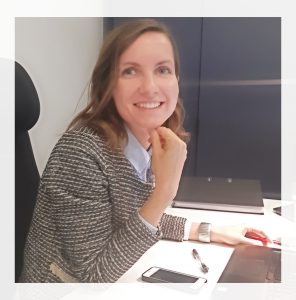
Kadi
Our dedicated and most wonderful colleague, our Customer Service Coordinator
In her free time Kadi enjoys ice skating, Italian cuisine and travelling. She speaks fluent Italian and Turkish!

